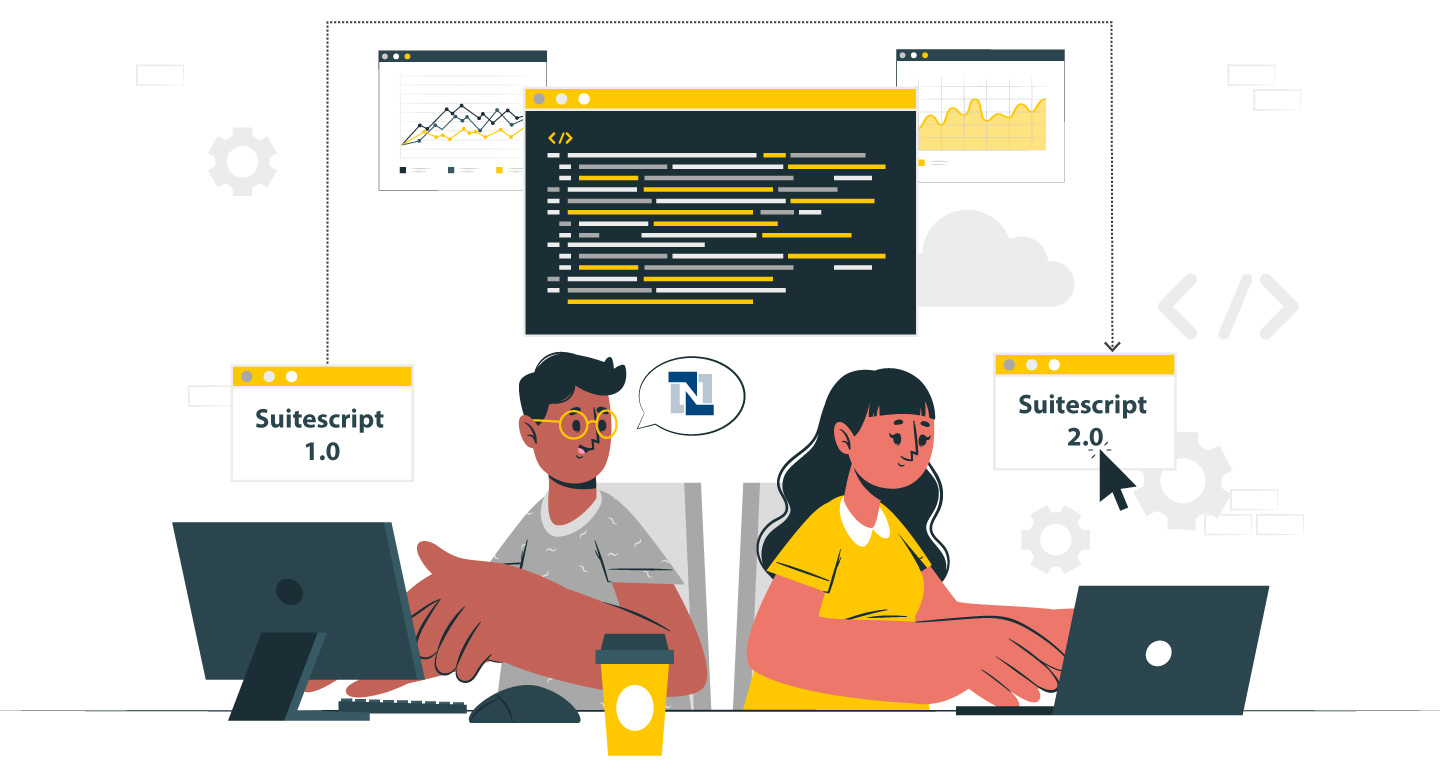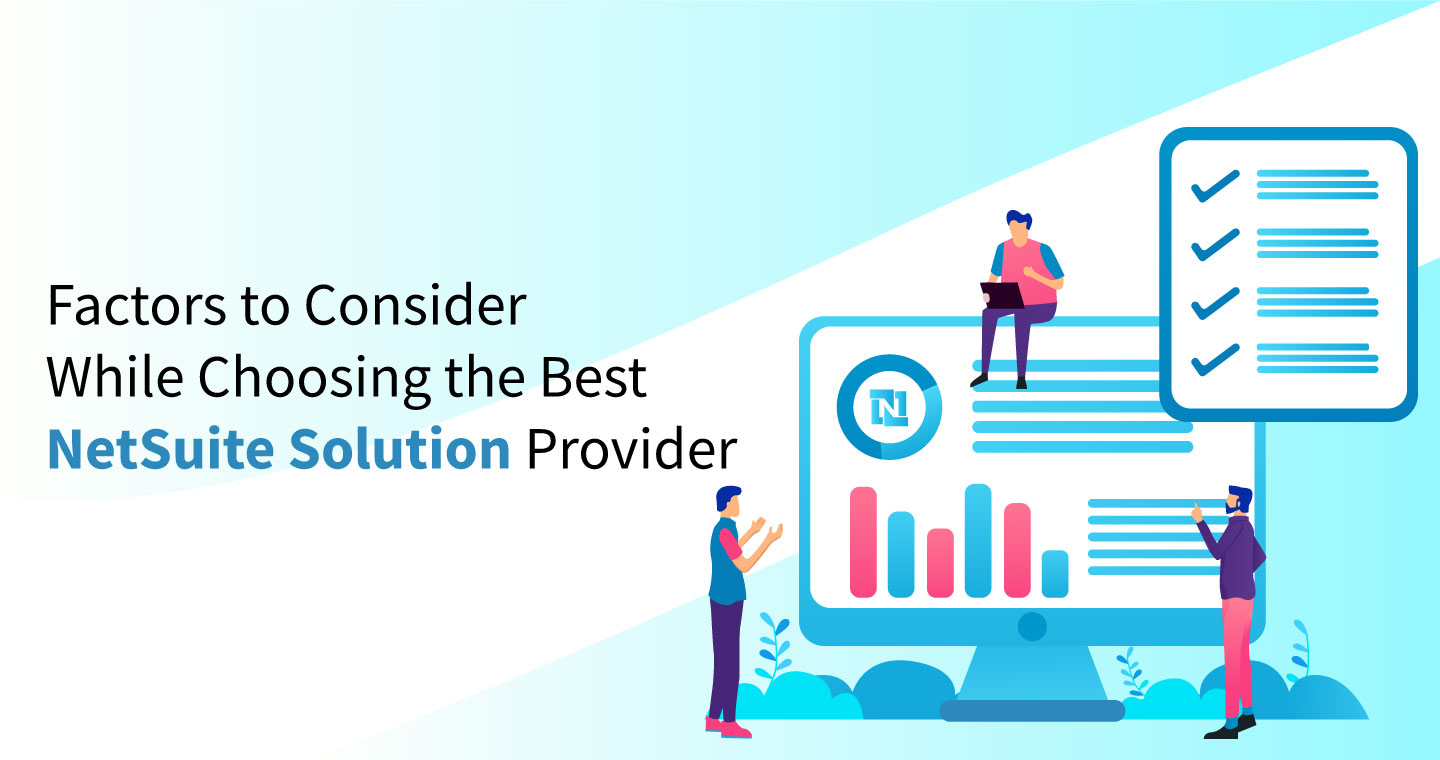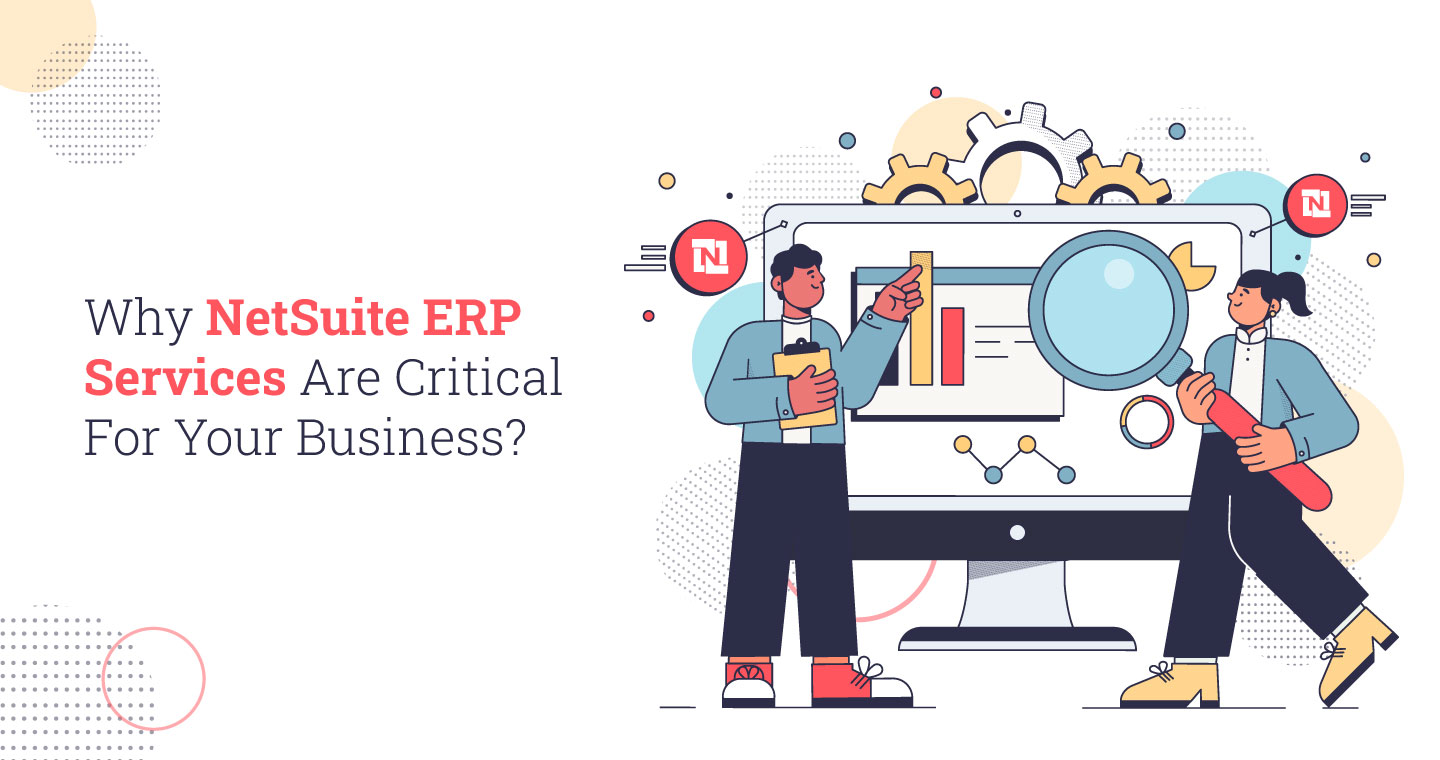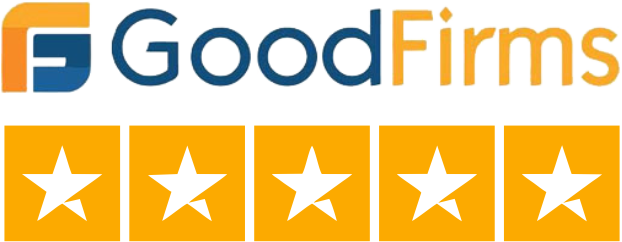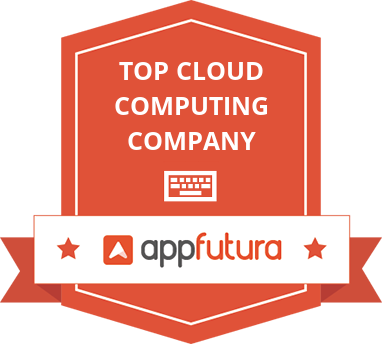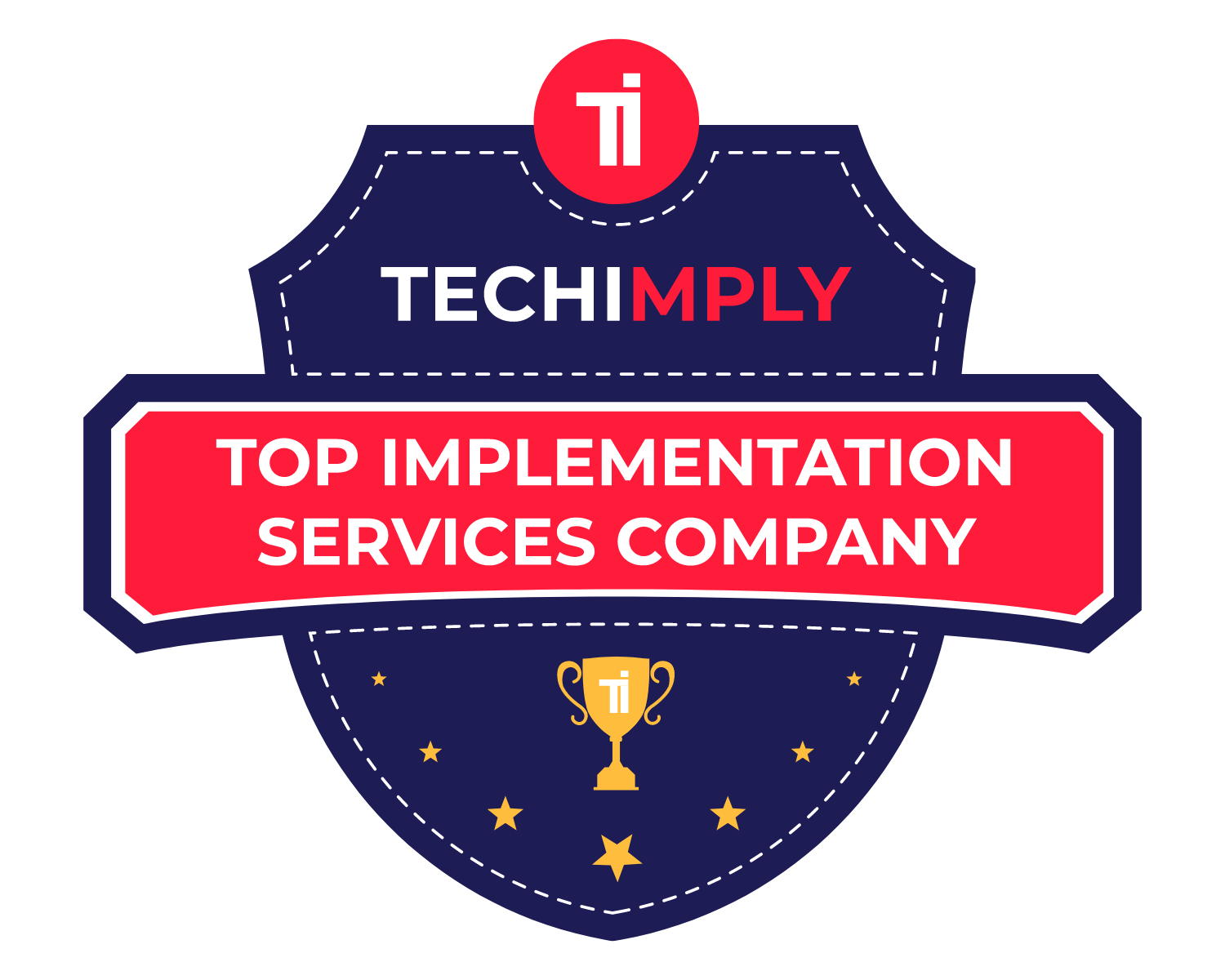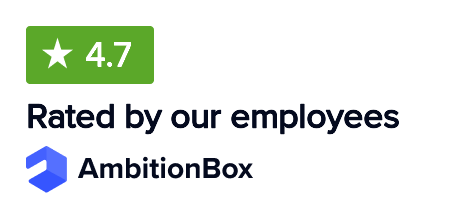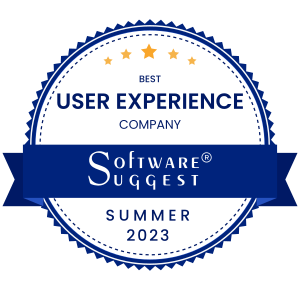The Celigo integration platform is popular for consolidating disparate legacy systems to tackle data silos, boost efficiency in workflows, and grab business opportunities. Celigo is a leading platform as a service (iPaaS) for connecting multiple applications and systems. By leveraging Celigo, businesses can integrate cloud-based and on-premise applications, ensuring seamless data synchronization, process automation, and real-time visibility across the tech stack.
Some of the key reasons to opt for the Celigo integration platform include streamlining operational tasks, optimising data accuracy and consistency, enhancing customer experience, accelerating productivity, and enhancing scalability.
Besides the value propositions, businesses also need to consider the cost of integration and the actual ROI advantages it brings to the table. As for having better control over Celigo integration cost, choosing the right plan and scope of customisation is crucial. Celigo integration experts with domain knowledge can help you align your integration needs with the right plan and required customisation.
Custom Celigo integration tailored to specific business needs involves some critical cost components. Here we will provide a detailed Celigo pricing guide and explain how to have better control over the key cost components.
Read More: What is Celigo? A Complete Guide to Evolving IPaaS
Celigo Pricing Edition
When it comes to Celigo pricing, a good knowledge of the pricing plans and their corresponding deliverables is important.
Let’s have a look at the 4 pricing plans.
Standard
The Standard plan includes 3 endpoint apps, with an option to add more for an additional cost per app. Subscribers receive 16 workflows, API Management capabilities, and Essential Customer Support. For those requiring External FTP Connections, an additional payment is necessary.
Professional
The Professional plan offers 5 endpoint apps, with extra apps available at an added cost. This plan features 100 workflows, API Management, and Preferred Customer Support. Under this plan, clients can access up to 5 External FTP Connections at no extra charge.
Premium
The Premium plan provides 10 endpoint apps, with the option to add more for an extra cost. Benefits include unlimited workflows, API Management, and Premier Customer Support. Clients can also utilize up to 10 External FTP Connections without additional fees.
Enterprise
The Enterprise plan includes 20 endpoint apps, with each additional app available for an added fee. This plan offers unlimited workflows, API Management, and Premier Celigo Customer Support. Furthermore, clients are entitled to 15 External FTP Connections at no extra cost.
Analysing the Cost Components of Celigo Integration
Knowing the different cost components and how they impact the overall cost of Celigo integration is necessary. Simply by opting for the right options, you can reduce costs without undermining the project objectives. Let’s explain these cost components in detail.
Licensing Fees
- Pricing Model: Celigo offers both subscription-based and usage-based pricing models. Subscription-based pricing can be cost-efficient for extensive use for a certain period. On the other hand, usage-based pricing can be cheaper if your usage is limited.
- Tiered Pricing Based on Features and Functionalities: Higher-tier plans generally offer additional features such as advanced data mapping, workflow automation, real-time monitoring, and premium support. This is why you should evaluate features and functionalities before opting for any plan.
Professional Services
- Implementation Cost: Celigo Implementation costs for activities such as system setup, data mapping, workflow design, testing, and deployment can vary from one service provider to another. Low implementation expense should not be the objective at the cost of expertise.
- Customization Cost: Customization may add to the cost, especially for configuration, to meet specific business needs. Customizations such as building custom connectors, deploying complex data mapping, or integration with legacy systems can add up to significant costs.
- Training and Support: Conducting training sessions for admin and end-users, creating manuals, documentation, and online resources, and offering technical support can be another cost component you should consider when hiring professional Celigo integration services.
Infrastructure Costs
- Hardware Requirements: Celigo integration may also involve the purchase or upgrade of servers or replacing or upgrading networking equipment. This cost depends largely on the state of the enterprise’s existing infrastructure.
- Cloud Hosting Fee: Celigo offering cloud-based integration relies on infrastructure as a service (IaaS) platforms such as Amazon Web Services (AWS) or Microsoft Azure. The fees for these cloud hosting platforms vary based on the usage levels, data transfer volumes, and the pricing model chosen for the respective cloud platform.
- Data Storage Cost: Data storage costs related to Celigo integration may be significant for businesses opting for cloud-based databases or storage services. The cost for third-party data storage services also varies based on the data volume, retention policies, and choice of advanced data security features.
Key Factors Influencing the Cost of Celigo Integration
The cost factors vary based on the complexity, preferred approach, implementation timeline, and a few other factors. Let’s explain these factors one by one.
Complexity of Integration
- Number of applications: The complexity of integration increases with the number of applications that need to be integrated. Every application brings with it the data load and complexity of data mapping, requiring additional time and resources.
- Customisation needs: Custom integration needs such as unique data mapping, multilayered business logic, or specific workflow adjustments can significantly increase integration costs.
- Data volume: Large data volumes need additional resources for data transformation, validation, and optimisation to guarantee efficient and reliable data exchange.
Integration Approach
- Standard connectors or custom connectors: The standard pre-built connectors from Celigo don’t need additional configuration and can save cost. But when custom connectors are needed for unique integration scenarios, it can add more cost.
- Instant or scheduled integration: When data is synchronised instantaneously across systems, may need more sophisticated infrastructure involving more resources and cost. On the other hand scheduled batch integration that allows integrating data in timely batches involves less cost.
- Cost of middleware: Middleware tools like message queues, transformation engines, and API gateways are often required to sync incompatible data formats or different communication protocols. The more such middleware tools an integration project requires, the more they can increase the overall costs.
Implementation Time & Resources
- Duration of the project: The duration of the integration project directly impacts costs, as longer implementation timelines require more resources.
- Resource allocation: When capable, skilled resources such as developers, integration specialists, and project managers are available in-house, the cost can be reduced compared to the scenario where experts are outsourced due to skill gaps.
- Deployment model: There are 3 different deployment models such as cloud-based, on-premise, and hybrid. Each of these deployment models, coupled with the project complexity level, can impact the integration cost.
How to Optimise Cost Advantage for Your Celigo Integration Project?
While opting for powerful platforms like Celigo for integrating enterprise applications can yield significant competitive advantages, keeping the cost of integration and maintenance is important to ensure a positive return on investment. There are several proven ways to keep the cost in check for a Celigo integration project while ensuring quality and fulfilling customisation needs. Let’s explore some of these ways here below.
Set Your Priority Right
Prioritise the most critical integration needs that align with business objectives and can deliver the highest value. To set this priority make a thorough analysis of existing systems and processes and detect pain points and shortcomings responsible for missed opportunities. Now, among these pain points, prioritise the ones that can be addressed convincingly through Celigo integration. To get some insights on what works best, go through case studies similar to your enterprise and integration needs.
Compare and Evaluate the ROI of Different Integrations
A thorough cost-benefit analysis of different Celigo integration projects and evaluating the potential return on investment (ROI) can be a good starting point. Make a detailed cost calculation covering all the components we have explained earlier and compare it against the productivity gains, revenue growth, improved customer satisfaction, and competitive advantage. When you carry out integration incrementally and start small, this approach is beneficial.
Utilise Resources Wisely
For any integration project, resource utilisation is the low-hanging ball to reduce cost and this can often be done by adhering to the industry-acclaimed project management practices. The first principle is to allocate resources to the right tasks based on skills, experience, workload, and availability. Adhering to the agile methodology for faster adaptation to integration challenges and for accommodating iterations is another way to optimise resource utilisation and reduce corresponding costs.
Explore Price Negotiation Opportunities
Take advantage of negotiation opportunities to get favourable pricing terms wherever possible. Based on the scope and scale of integration projects, you can negotiate price terms and incentives or can bargain for a better deal simply by raising the stakes on future collaboration. When nodding to service-level agreements (SLAs) always negotiate on clarity regarding timely support, maintenance, and future updates at predetermined costs.

Conclusion
We have shed light on different pricing plans and key considerations in this guide. Expert Celigo services, thanks to their domain knowledge, can help you choose the right plan with the number of apps, connections, and features you need.
But before concluding, we must insist that cost is just one consideration, and it should be viewed from the perspective of other digital transformation challenges that enterprises try to achieve through Celigo integration. Remember, each prioritisation made, each decision made in favor of one objective, and each investment undertaken, can impact the overall outcome of the integration project.


